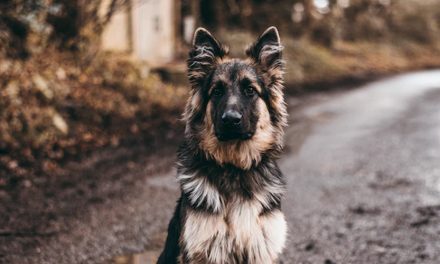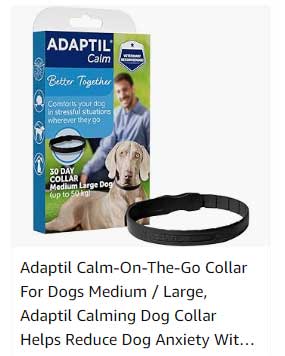Dogs are often referred to as man’s best friend, but not all canine companions exhibit the same level of confidence or comfort in various environments.
For some dogs, particularly those that are nervous or anxious, interactions with children can present unique challenges.
Understanding the dynamic between kids and anxious dogs is crucial for ensuring the safety and well-being of both parties.
Here are several reasons why it is important to control children around nervous dogs.
1. Safety First
Nervous dogs may react unpredictably when they feel threatened or uncomfortable.
This can lead to defensive behaviors, including barking, growling, or even biting.
Children, often unaware of animal body language, might approach a dog in a way that makes the dog feel cornered or harassed.
For this reason, supervising interactions between children and anxious dogs is essential to prevent accidents and ensure everyone’s safety.
2. Understanding Dog Behavior
Children are still learning about how to interact with animals appropriately.
They might not recognize warning signs that a dog is anxious or fearful, such as tucked tails, flattened ears, or averted gazes.
By controlling children around nervous dogs, parents can take the opportunity to teach their kids about animal behavior.
This education fosters empathy and respect toward animals, encouraging children to be more attuned to their emotional needs.
3. Promoting Positive Experiences
Anxious dogs require calm and positive experiences to build their confidence.
A chaotic environment, which can result from excited children, may exacerbate a dog’s anxiety.
By managing how children interact with these dogs, caregivers can help create a more controlled atmosphere.
This can lead to gentle and positive interactions that help the dog feel more secure over time, helping them to develop trust and potentially reducing their anxiety.
4. Preventing Reinforcement of Fear
If children approach a nervous dog in an overly enthusiastic or boisterous manner, it can reinforce the dog’s fearful behavior.
The dog may learn that such interactions are stressful, leading to increased anxiety in future encounters.
By modeling calm behavior and teaching children to approach dogs respectfully, we can help create associations that promote confidence rather than fear.
5. Building a Lifelong Respect for Animals
Establishing a respectful relationship between children and animals sets the groundwork for a lifetime of compassion.
When children learn how to safely interact with nervous dogs, they develop important life skills that extend beyond animal interactions.
Empathy, patience, and respect are all vital qualities that can help them form positive relationships with other living beings throughout their lives.
6. Encouraging Responsible Pet Ownership
Controlling interactions between children and anxious dogs also reinforces the importance of responsible pet ownership.
It becomes an opportunity for discussion about recognizing a pet’s needs, understanding their stress signals, and providing them with a safe space.
Teaching kids about the responsibility that comes with having pets can foster a deeper connection and commitment to their well-being.
Conclusion
In conclusion, controlling children around nervous, anxious dogs is not just about preventing accidents; it’s about fostering a safe, respectful, and positive environment for both the dog and the child.
By teaching children the importance of recognizing a dog’s boundaries and emotional state, we can ensure a harmonious relationship that benefits everyone involved.
As we help our children learn these important lessons, we contribute to a future where both pets and people can coexist safely and joyfully.









